Hampi: A Story in Stone
Synopsis
Text by John M. Fritz and George Michell. Photographs by Noshir Gobhai, Eminence Designs Pvt Ltd, 2009, 196 p, 166 col. photos, maps, ISBN : 8190382160, $125.00 (Includes free airmail shipping)
The ruins of Vijayanagara, The City of Victory, known better today as Hampi, on the right bank of the Tungabhadra River in Northern Karnataka, constitute one of the most extensive and spectacular historical sites to be found anywhere in India.
Capital of the largest of all Southern India kingdoms for more than 200 years, from the early fourteenth century onwards, Hampi was developed by its Hindu rulers into a magnificent showpiece of imperial authority, attracting visitors from all over India, as well as from the Middle East and Europe.
However, in 1565 the armies of the Sultanate Kingdoms of the Deccan, to the North of Hampi, sacked the city. Attempts to reoccupy the capital were unsuccessful, and thereafter it rapidly decayed. Visiting British and French officers documented the ruins during the nineteenth century, but clearance and conservation had to wait until the twentieth century.
In recent years interest in Hampi has intensified, due to the increased involvement of archaeologists and scholars, the rapid improvement in transport and local accommodation, and the intervention of the government and private agencies concerned with preserving the monuments.
Hampi and its surrounding region are today undergoing profound change, as this part of Karnataka experiences rapid growth. Governmental and private agencies are currently determining the best strategies for ensuring the preservation of Hampi's prestigious history and the protection of its remarkable landscape.
Read more
The ruins of Vijayanagara, The City of Victory, known better today as Hampi, on the right bank of the Tungabhadra River in Northern Karnataka, constitute one of the most extensive and spectacular historical sites to be found anywhere in India.
Capital of the largest of all Southern India kingdoms for more than 200 years, from the early fourteenth century onwards, Hampi was developed by its Hindu rulers into a magnificent showpiece of imperial authority, attracting visitors from all over India, as well as from the Middle East and Europe.
However, in 1565 the armies of the Sultanate Kingdoms of the Deccan, to the North of Hampi, sacked the city. Attempts to reoccupy the capital were unsuccessful, and thereafter it rapidly decayed. Visiting British and French officers documented the ruins during the nineteenth century, but clearance and conservation had to wait until the twentieth century.
In recent years interest in Hampi has intensified, due to the increased involvement of archaeologists and scholars, the rapid improvement in transport and local accommodation, and the intervention of the government and private agencies concerned with preserving the monuments.
Hampi and its surrounding region are today undergoing profound change, as this part of Karnataka experiences rapid growth. Governmental and private agencies are currently determining the best strategies for ensuring the preservation of Hampi's prestigious history and the protection of its remarkable landscape.
135.00
121.5
$
150.00 $
Free delivery Wolrdwidе in 10-18 days
Ships in 1-2 days from New Delhi
Membership for 1 Year $35.00
Get it now and save 10%
Get it now and save 10%
BECOME A MEMBER

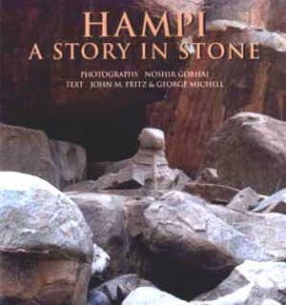

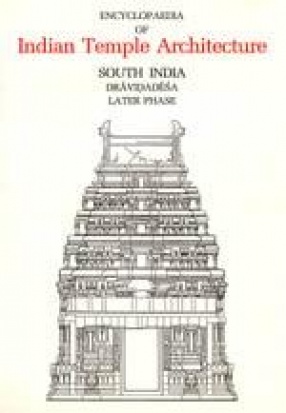
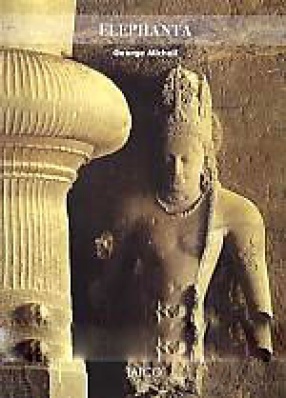

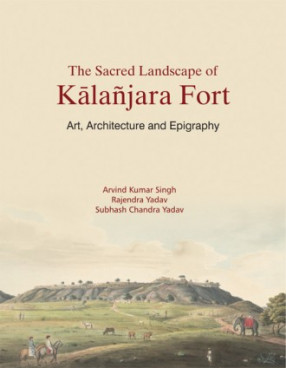
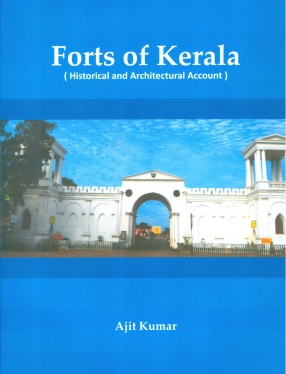
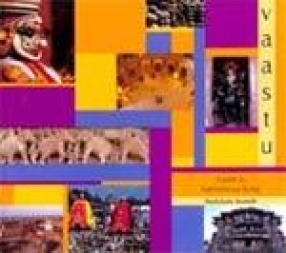


Bibliographic information
George Michell